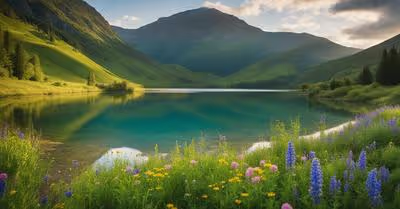
Key Takeaways
- Seasonally disappearing lakes are a worldwide natural phenomenon.
- They provide unique seasonal habitats for a variety of wildlife.
- Geology, climate, and rainfall are among the factors influencing these cycles.
Imagine visiting a lake, only to find that it's gone the next time you visit.
This isn't a magic trick – it's a natural phenomenon happening around the world.
Lakes that vanish and reappear seasonally offer a spellbinding glimpse into the dynamic nature of our planet's water systems.
They're a testament to the power of natural cycles and a reminder that, in the world of water, change is the only constant.
Discovering these disappearing lakes is an adventure in its own right.
They dot various landscapes, from the high peaks of the Andes to the arid outback of Australia, forming unique ecosystems that a diverse array of wildlife depends on.
These lakes appear like mirages, come to full glory for a season, and then vanish, only to return again, driven by factors such as rainfall, geology, and climate patterns.
The shifting seasons bring about both the appearance and departure of these mysterious bodies of water.
As you read through the enchanting tales of these seasonal lakes, you'll gain insight into a world of water that's always on the move.
With their own unique stories of ebbs and flows, each lake offers a chance to marvel at a natural dance that has been performed for millennia: a dance of disappearance and return, which continues to intrigue scientists and nature lovers alike.
Lost Lake, Oregon, USA
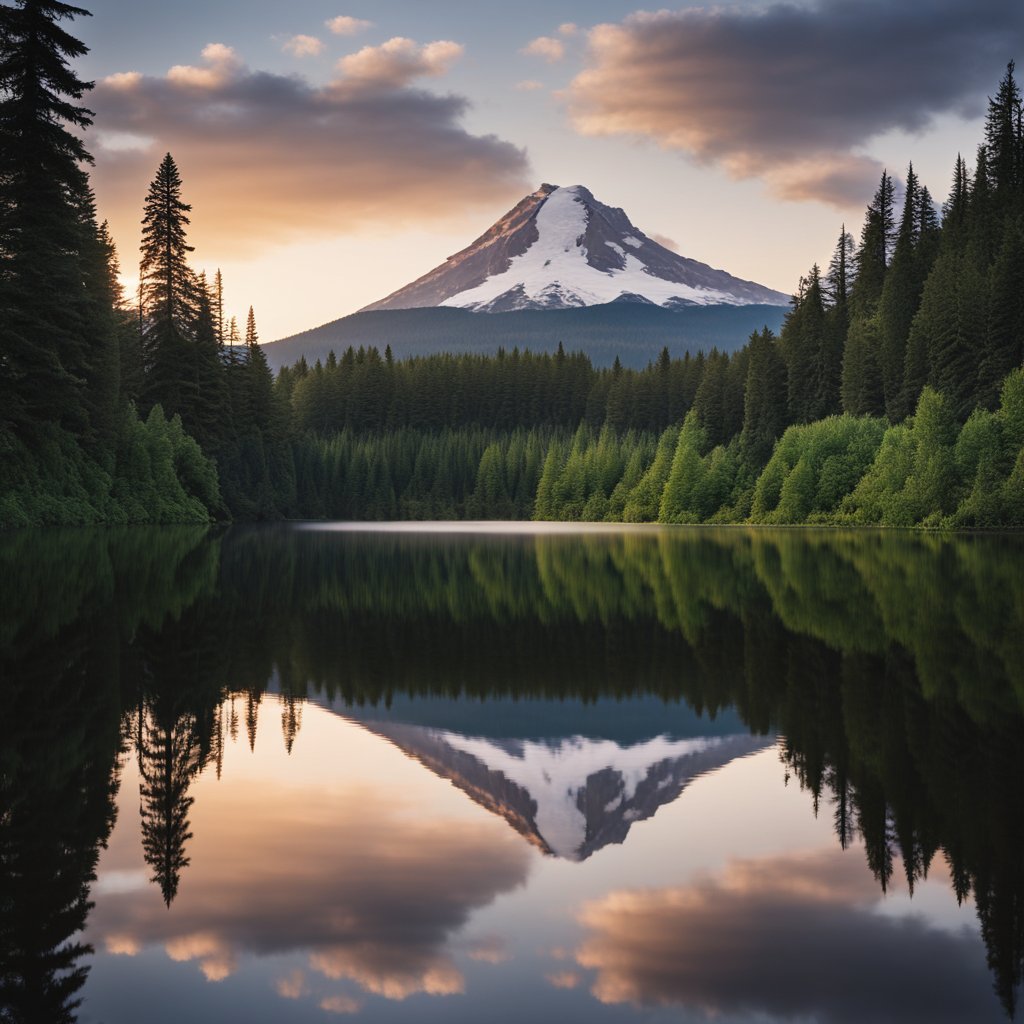
Have you ever heard of a lake that just packs up and leaves for vacation?
Well, Lost Lake in Oregon is a bit of an oddball in that regard.
Nestled in the scenic Cascade Mountains, this natural wonder has a rather unique seasonal habit—it disappears every summer!
Why does it vanish, you ask?
It's all thanks to the lava tubes beneath it.
During the drier months, Lost Lake becomes somewhat of a magician, performing a vanishing act down these natural drains.
Key Facts:
- Location: Cascade Mountains, Oregon, USA
- Drainage: Down lava tubes
- Seasonal Change: Lake disappears in the summer
Here’s what happens: as the rain becomes scarce, the water level drops.
The lake, which can be up to 9 feet deep, loses its water source and the existing water seeps away into the hidden volcanic passageways below.
What’s left behind?
Once the water trickles away, you'll find an area that morphs from a serene aquatic landscape to something resembling more of a meadow, inviting you to explore a terrain that was once submerged.
It's a spectacular phenomenon that spotlights the dynamic nature of Oregon's geography.
Did You Know?
- Lost Lake isn't alone in this behavior—there are a handful of other lakes that share this seasonal disappearing act.
If you're in the mood for a quirky nature trip, why not plan a visit?
Just remember, it's there today, gone tomorrow—or, more accurately, there in the winter, gone by summer!
So, pack your bags accordingly and maybe bring along a "Gone Fishing" sign for good measure.
Lake Cerknica, Slovenia
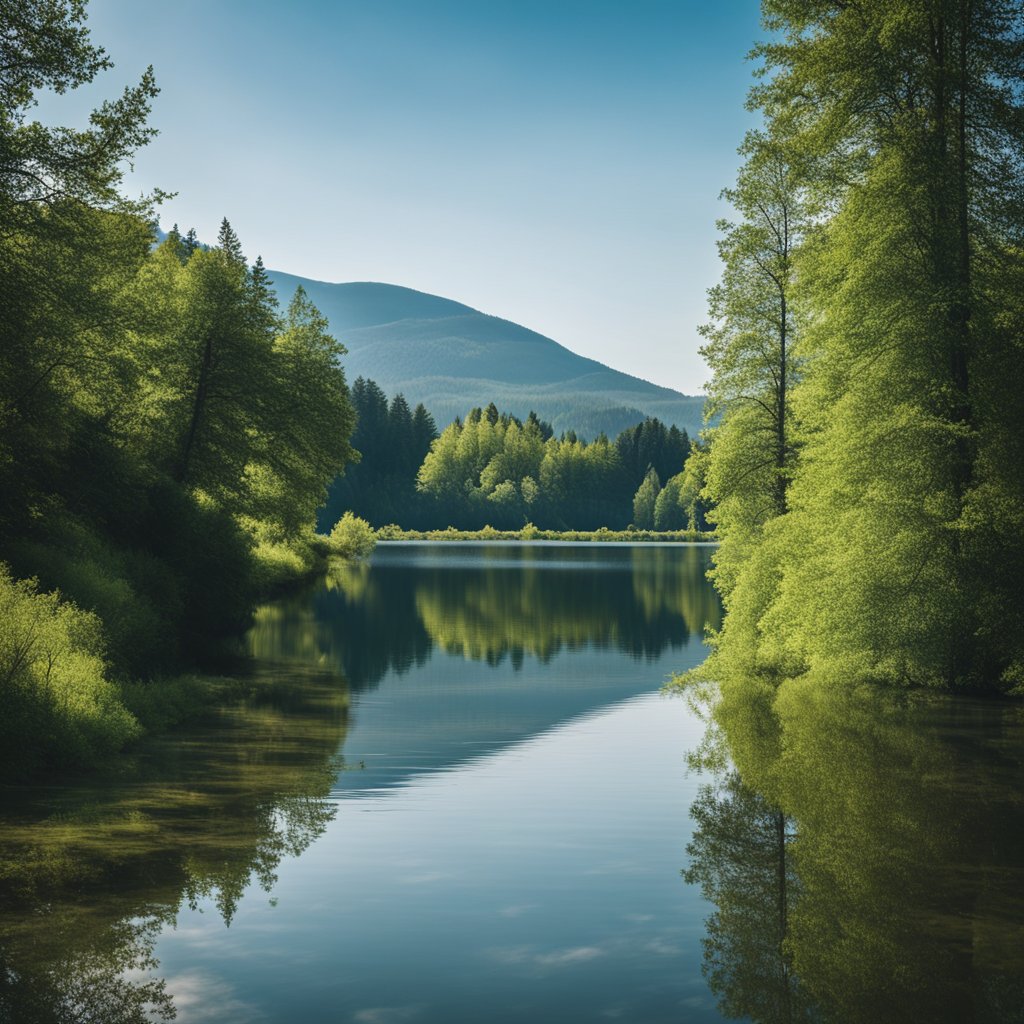
Have you ever visited a lake that plays a magic trick on you?
Well, Lake Cerknica in Slovenia is just that—a whimsical body of water that isn't afraid to disappear on you come summer.
Nestled in the southern part of Cerknica Polje, Lake Cerknica is nothing short of a natural wonder.
Here's something fascinating—when the conditions are just right during spring and autumn, this whimsical lake fills up and becomes the largest lake in Slovenia.
But don’t be fooled; as summer rolls in, Lake Cerknica waves goodbye and leaves behind a grassy plain.
Pretty neat, huh?
- Location: Cerknica Polje, Inner Carniola, southwestern Slovenia
- Orientation: Northwestern to southeastern
- Presence: Predominantly spring and autumn
What makes Lake Cerknica a must-visit, you ask?
It's not only the lake's size—when at full throttle, we're talking about covering an impressive 26 square kilometers.
But it's also this amazing ability to just vanish during the dry season, leaving room for activities you'd never expect to be doing on a lakebed, like hiking or mowing the grass.
Here's a bite-sized fact for you: have you ever paddled across a lake and then later strolled across the very same spot?
At Lake Cerknica, you can make that quirky dream a reality!
So, if you're itching for a unique tale to tell, make sure to swing by Lake Cerknica.
Whether you're paddling or picnicking where water once was, it's a story worth sharing!
Lake George, New South Wales, Australia
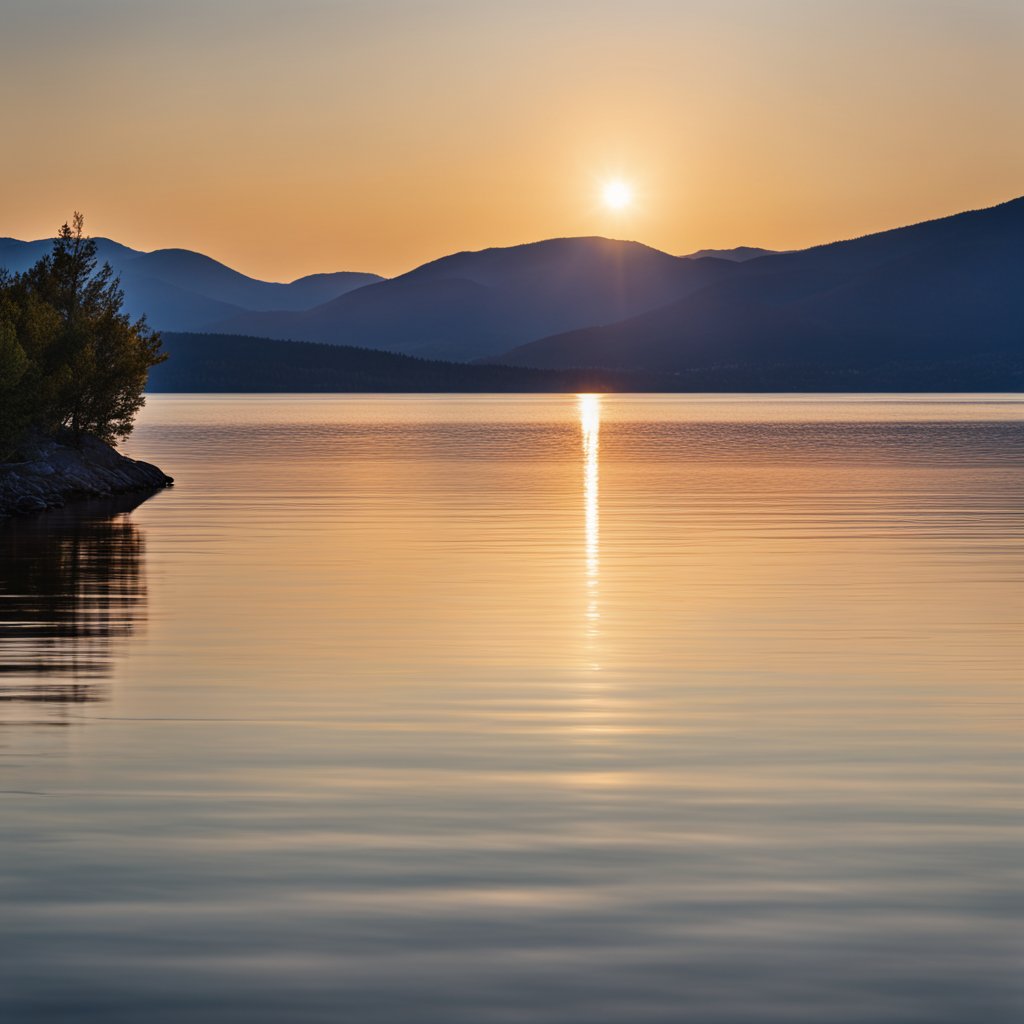
Have you ever visited a lake only to find it's not there?
Well, Lake George in southeastern New South Wales is like nature's magic act.
About 40 kilometres (25 miles) northeast of Canberra, this area fascinates locals and tourists alike.
What's so quirky about Lake George?
It's an endorheic lake, meaning it doesn't flow out to the sea or ocean.
Instead, it's at the mercy of the sky—banking on rainfall to fill up and relying on evaporation to disappear.
- Where exactly? Right alongside the Federal Highway, en route to Sydney.
- Local names? Known as Weereewa or Ngungara in the Ngunnawal language.
- Mystified experts? Yes, even meteorologists like William Glover, who in the 1890s witnessed the water level drop by 500mm in one day!
Why does it vanish and reappear?
Simple: when the rains are generous, the lake is a sight to behold.
But during drier times, evaporation predominates and poof—Lake George pulls a disappearing act.
Plus, due to its shallowness, even a strong wind can make significant changes!
So, next time you're driving from Canberra to Sydney, keep your eyes peeled for Lake George—you might just catch it during one of its dramatic cameos!
Lake Eyre, South Australia
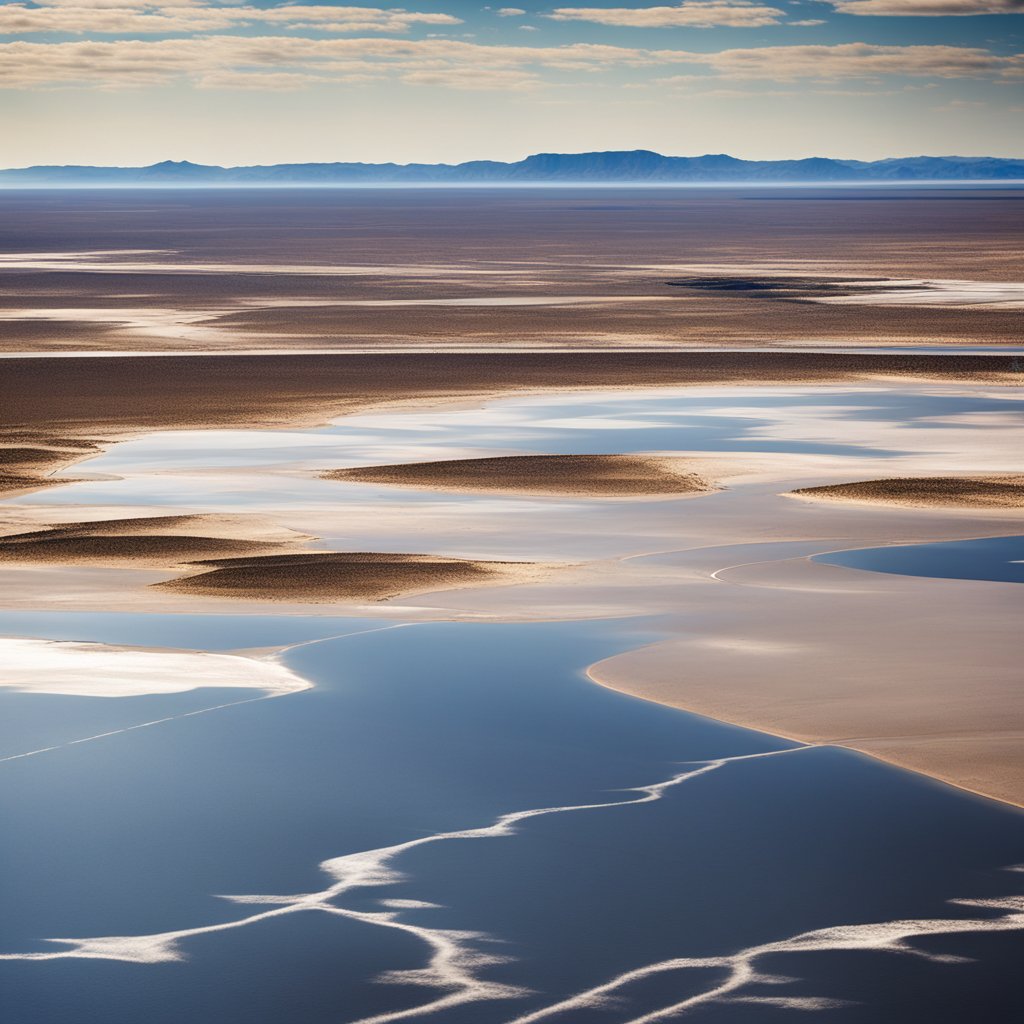
Have you ever heard of a lake that likes to play a game of hide and seek?
Lake Eyre, located in the heart of South Australia, is renowned for its disappearing act.
Officially known as Kati Thanda-Lake Eyre, this vast area can be somewhat of a illusionist; sometimes it's there, sometimes it's not!
Geographically speaking, Lake Eyre is pretty impressive:
- Location: South Australia
- Length: 144km (89.5 miles)
- Width: 77km (47.8 miles)
- Lowest Point on the Australian Mainland
Typically, you'll find Lake Eyre in a state of dryness, showcasing an expansive salt pan that glistens under the Australian sun.
But the real magic happens only a handful of times each century when the lake fills with water.
When full, it transforms:
- The basin becomes one of Australia's largest lakes.
- Migratory birds and wildlife flock to the scene.
Imagine the sight of waterbirds pirouetting in the sky above a rare inland sea!
This happens so infrequently that when it does, it becomes a special event.
Locals and visitors alike try their luck at witnessing this ephemeral landscape's transformation.
Your best bet to see Lake Eyre is via the nearby towns of Marree and William Creek.
Here, you can book scenic flights to gaze upon this natural wonder, whether it's in its usual arid state or during those magical times when it's brimming with water.
So, keep your eyes peeled and your camera ready.
Who knows, you might just catch Lake Eyre during one of its dazzling, watery performances!
Lake Neusiedl, Austria/Hungary
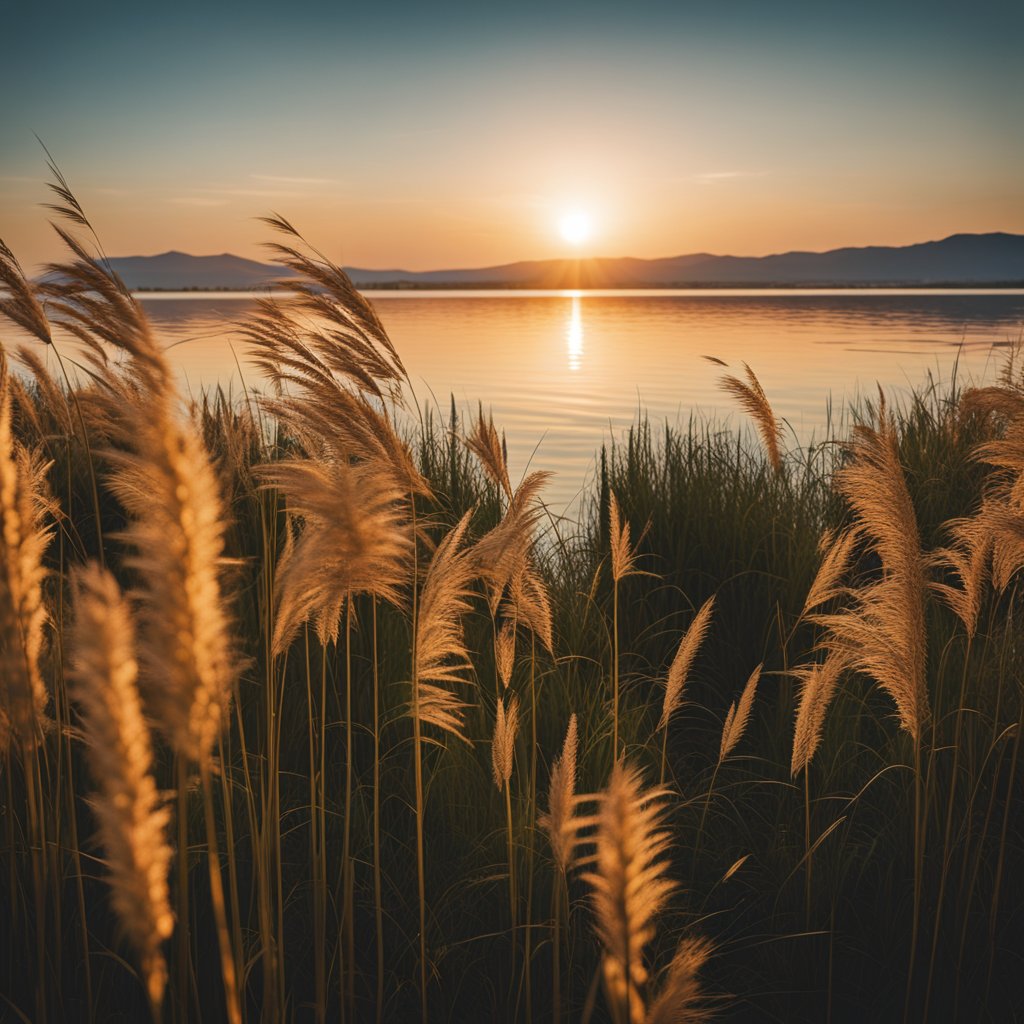
Ever heard of a lake that plays a game of hide and seek?
Meet Lake Neusiedl, nestled between Austria and Hungary.
This body of water is renowned for its vanishing act, especially during those sizzling hot summers.
But where does it go?
Well, Lake Neusiedl is a bit of a magician.
It's a steppe lake—kind of like a shallow pool—and when the sun beats down, parts of it just seem to evaporate, leaving a unique landscape that’s both eerie and captivating.
Quick Facts:
- Size: 315 km²
- Country Split: 240 km² in Austria
- Unique Trait: Largest endorheic lake in Central Europe
- Last Major Dry-Up: 1860s
Though it might sound apocalyptic, the phenomenon of Lake Neusiedl's disappearing act actually shapes the surrounding wetlands in fascinating ways.
It's not just about the water; it's about the incredible ecosystem that adapts to these seasonal changes.
So, next time you're planning a European adventure, why not pop by Lake Neusiedl?
Don't forget your binoculars because when it's not shyly hiding, it's a playground for bird watchers and nature lovers alike.
Just imagine the stories you'd have for your friends about the lake that sometimes isn't there.
How's that for a conversation starter at your next dinner party?
Poyang Lake, China

Have you ever visited a place that seemed to possess a sort of natural magic?
Poyang Lake in China is one such wonder, where the landscape literally changes before your eyes.
Nestled in the province of Jiangxi, it's renowned as China's largest freshwater lake.
Poyang Lake's existence is like a dramatic dance between two seasons:
- During the wet summer months, this colossal basin can expand, covering an extraordinary area. Just imagine, a water expanse flooding over 4,000 km²!
- Come winter, the lake performs a vanishing act. Shrinking significantly, it reveals a different face, one that might make you question where all the water went.
Aren't these dynamics incredible?
But, wait, you might wonder what causes such drastic changes in size.
It comes down to the rhythmic patterns of the Yangtze River and the impact of the wet and dry seasons.
What's happening to Poyang Lake?
Although Poyang Lake is a marvel, it faces challenges:
- Sand mining has dramatically altered its bed and shores, raising concern about the lake's future.
- Water quality sees a dip during dry periods, hinting at environmental stress.
Fun Facts:
- Nickname: China's 'kidney' for its role in flood control and flow.
- Flora and Fauna: Home to a diverse ecosystem and migratory birds.
So, next time you're planning a trip, why not consider Poyang Lake?
Just check the calendar first – you wouldn't want to miss this natural spectacle or, well, find it's temporarily slipped away!
Lake Poopó, Bolivia
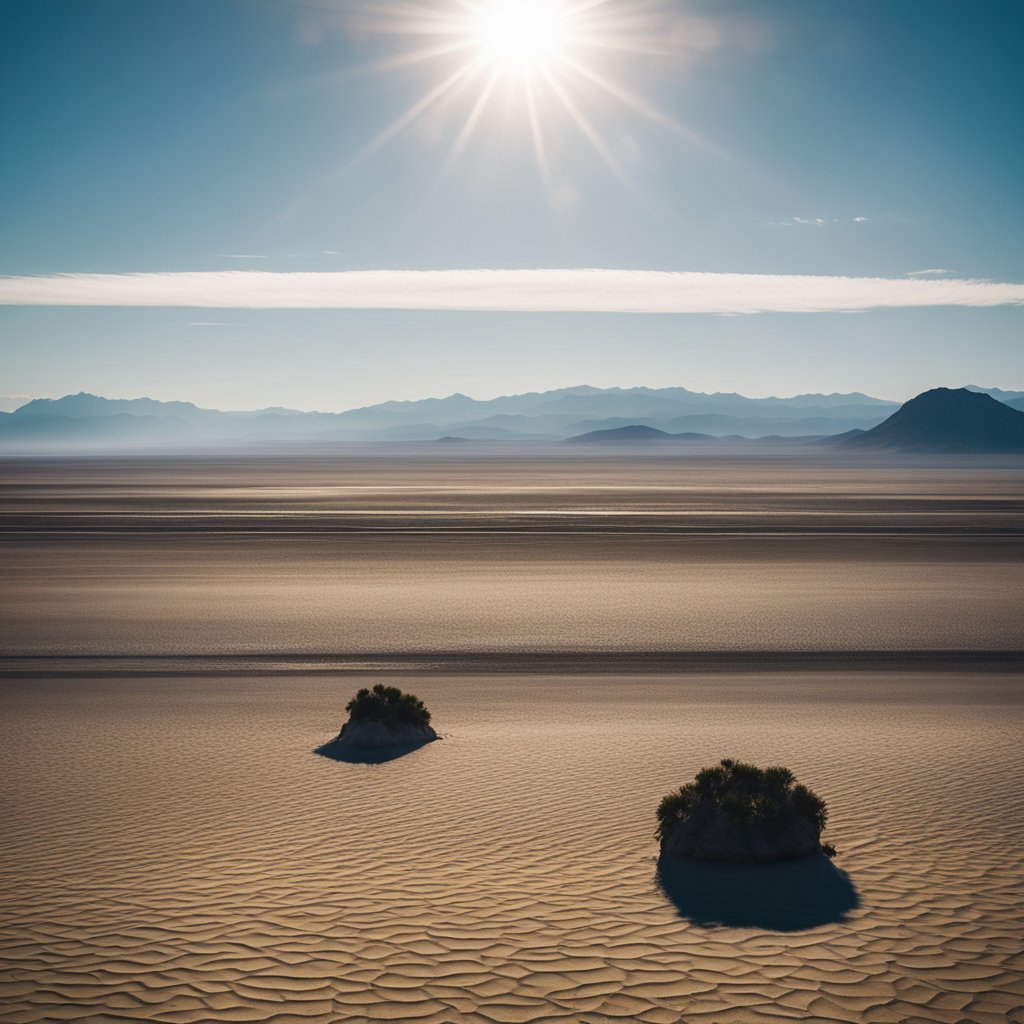
Have you ever heard of a lake that plays a game of hide and seek?
Meet Lake Poopó, once Bolivia's aquatic jewel and the country's second-largest lake.
Picture this: It stretched far and wide across Bolivia's high-altitude altiplano.
But hold on to that image, because today, Lake Poopó tells a different story – one of disappearing acts.
What happened to Lake Poopó?
- Location: Bolivia's High-Altitude Altiplano
- Coordinates: 18.550°S 67.083°W
Previously, Lake Poopó would greet you with its expansive waters during the wet season, proudly showcasing its seasonal nature.
But its recent fate has been far less grand:
- Climate Change Impact: Warming temperatures and irregular rainfall patterns have significantly reduced Lake Poopó's size.
- Water Diversions: Decades of diverting water for agriculture and mining have taken a toll on the lake's health.
- Current Condition: The lake has all but vanished, with vast salt and mud flats where water once was.
Wasn't It Full of Life?
Absolutely!
The lake used to support not only diverse wildlife but also local communities that relied on fishing.
The shocking disappearance of Lake Poopó has left a stark impact:
- Local Livelihoods: The decline of fish populations has affected the traditional livelihood of indigenous Uru people.
- Biodiversity Loss: Migratory birds and endemic species have suffered due to the loss of this critical habitat.
So, next time you think about lakes that come and go, remember Lake Poopó in Bolivia.
It's a stark reminder of the delicate balance between nature and human activities – a balance we must strive to maintain.
Can you imagine what it would take to bring Lake Poopó back to its former glory?
Chilika Lake, India

Have you ever heard of a lake that likes to play hide and seek?
Chilika Lake in India is just the sort of place!
Nestled in the heartland of Odisha, near the eastern coast by the Bay of Bengal, this pear-shaped water body is known for its ever-changing dimensions.
Seasonal Transformation:
- Summer & Monsoon: It's quite expansive, often reaching a vast area of around 1,165 square kilometers.
- Winter: It prefers to get cozy, shrinking due to the reduced inflow of freshwater.
Table of Seasonal Variability in Size
Ever wondered what kind of water you'd find in a brackish lake?
Well, Chilika is a fascinating mix of salty seawater and the fresh waters from rivers, creating a unique ecosystem for a wide variety of flora and fauna.
Did You Know?
- Maximum Depth: Just around 4.3 meters – that's shallow enough for some interesting marine life!
- Length & Width: 64 km long, with a mean width of 20 km, making it appear like a watery necklace from above.
Chilika Lake is more than a body of water; it's a hub for migratory birds in winter.
Imagine flocks of feathered visitors, some from as far as Siberia, taking sanctuary in its nurturing embrace.
So, if you're looking for a place that embraces change with open arms and offers a unique scenery across the year, Chilika's your go-to.
Whether it's bird watching or simply enjoying the scenic beauty, Chilika Lake is mesmerizing in its own transient way.
Why not plan a trip and witness this aquatic marvel for yourself?
Lake Mývatn, Iceland
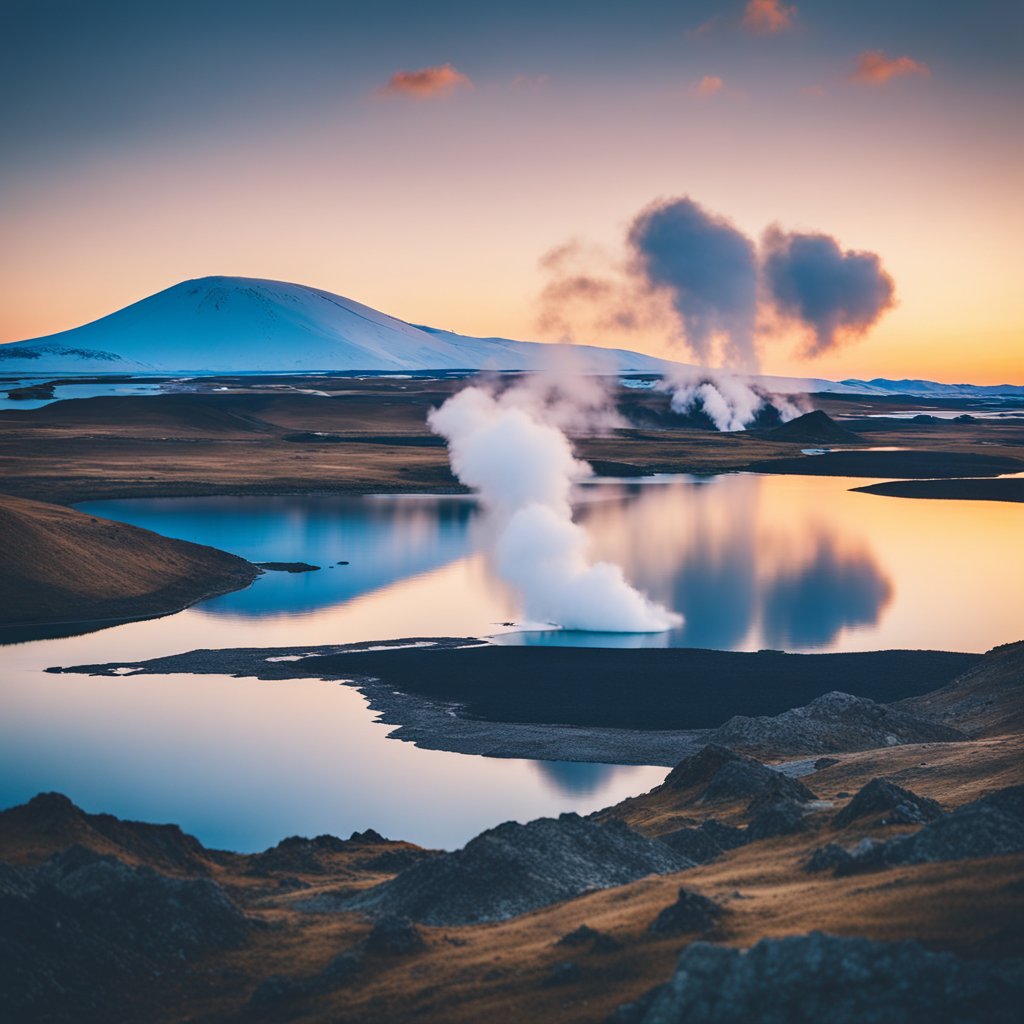
Have you ever wondered about places that seem to come and go with the seasons?
Well, Lake Mývatn in Iceland is one such natural marvel.
Set against a backdrop of volcanic landscapes and unique geothermal activity, this shallow body of water goes through a transformation every year.
Fast Facts:
- Location: Northern Iceland
- Average Depth: 8 feet (2.5 meters)
- Maximum Depth: Approx. 14.8 feet (4.5 meters)
- Area: Approx. 14 square miles (37 square kilometers)
In the wintertime, you might find parts of Lake Mývatn frozen over, which is quite the sight if you're bundled up and ready for some icy exploration!
As the seasons turn, the lake responds.
You'll see more water when the snow and ice melt but expect to witness fluctuations.
This isn't your average lake—with geothermal activities bustling beneath the surface, water levels can be quite the whimsical character.
Did You Know?
- Mývatn translates to "lake of midges." Don't worry, you'll find more beauty than bugs here!
- Approximately 2,300 years ago, a volcanic eruption led to the creation of this picturesque water body.
When you visit, make sure to delight in the Mývatn Nature Baths—definitely a treat with their naturally-heated waters.
It's only about 65 miles south of the Arctic Circle, so you're in for an arctic spa experience!
What to See:
- Dimmuborgir: A collection of volcanic rocks and caves that look like an ancient collapsed fortress.
- Pseudo Craters: Formed by gas explosions when boiling lava flowed over wetlands.
Is Lake Mývatn one for your bucket list?
If you love dramatic landscapes that come with a side of seasonal surprises, this place is a must-visit.
Get ready to capture some unforgettable views and dip into geothermal warmth amidst the ever-changing canvas of Lake Mývatn.
Lake Okeechobee, Florida, USA
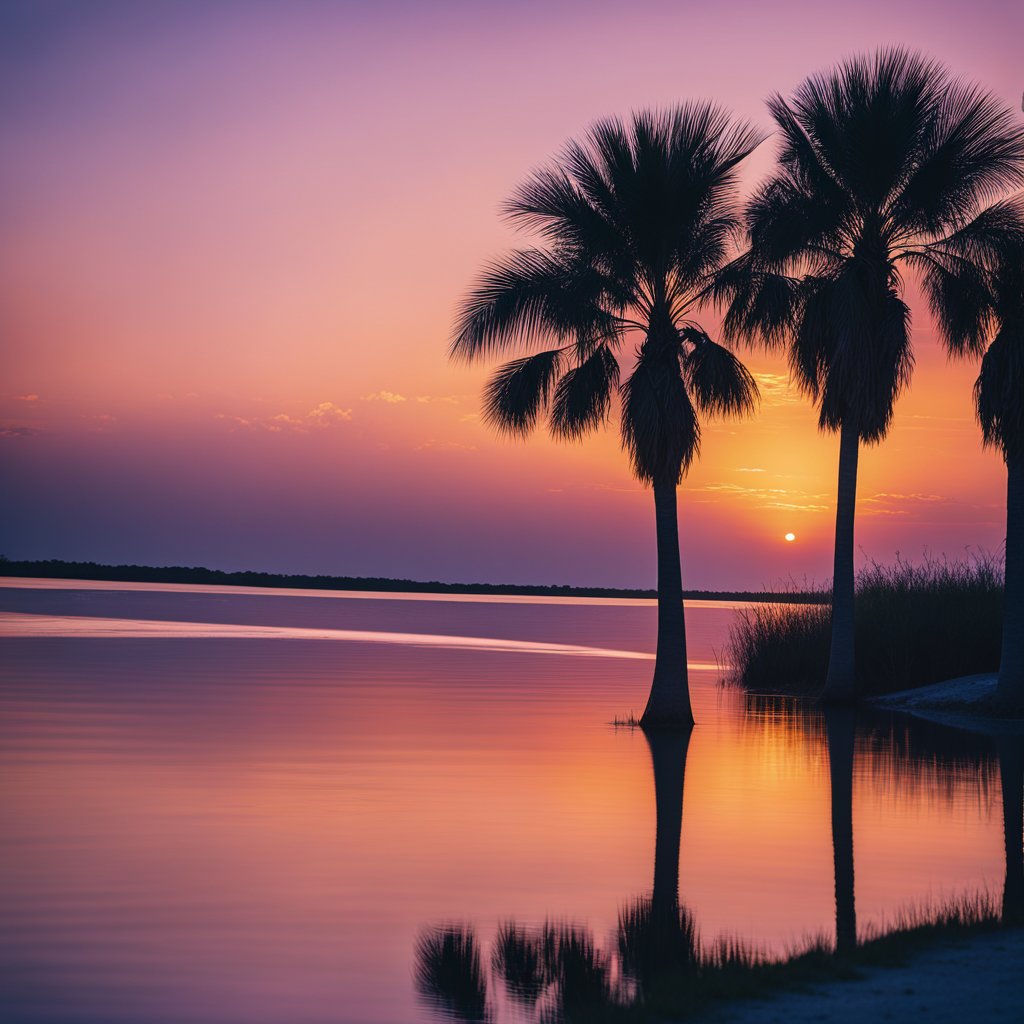
Have you ever heard of Lake Okeechobee in sunny Florida, USA?
It's a giant among lakes, stretching its watery reach far and wide... that is, until it decides to play a game of hide and seek with us!
Lake Okeechobee is not your typical seasonal lake that disappears completely, but boy does it like to change things up with the seasons.
Here's the scoop on its size:
- Surface Area: 1,720 km² (665 mi²)
- Mean Depth: 2.7 m (9 ft)
- Max Depth: Varied over history
Now, you might be picturing a vast, unchanging expanse of water, but Okeechobee is a master of transformation.
Depending on good ol' Mother Nature's mood, with her summer rains and dry spells, the lake's levels can fluctuate, reshaping its shoreline and altering the ecosystems around it.
It's like nature's own version of an inflatable pool!
Fascinating fact: Back in the early 1900s, as the water levels took a dramatic dip, Okeechobee revealed an underwater ghost town!
Spooky, right?
But it's not all fun and games; the lake's temper has thrown some serious tantrums.
Take the 1928 hurricane, for example – when the protective dike failed, it led to devastating flooding, forever marking its history.
So, next time you're wandering around Florida, why not pay a visit to this seasonal shapeshifter?
Just remember to check whether it's in its full glory or taking a season off!


